The beauty of dogs is that they are social animals who adapt to our lives. They come in every shape and size you can imagine. Our job as a guardian is to care for them, train, understand their behaviour and protect them. Dogs are wonderful companions who we need to keep happy & healthy. Learn the best way to welcome a new dog into your home.
Typical dog life span
Medium to large dogs: 8 – 14 years
Small dogs: 10 – 16 years
How to keep your dog happy and healthy
Dog food and feeding
Puppies need good quality puppy food. Adult dogs will thrive on a quality dry kibble. Consult the feeding guidelines provided on the bag or can for how much your dog should eat in a day. It is common for most dogs to eat twice a day — in the morning and at dinner time. Puppies may need three meals a day.
Some dogs need special diets. Talk to your veterinarian about the best diet for your dog.
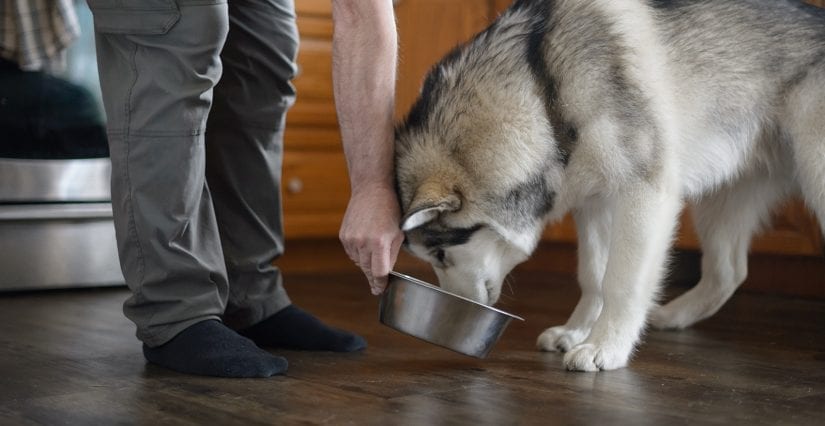
Treats
Dogs love treats. They’re important when training your dog. Use treats to reward your dog when he gets something right. It’s like saying thank you or paying him. You can even use your dog’s kibble as treats- they won’t know the difference. Save the yummy treats for things like calling him back to you or when he’s at the vet and nervous.

Your dog must have access to fresh water all the time. Change the water daily and wash out the bowl regularly.
Dog grooming, teeth and nail trimming
Choose a pet service business that prioritizes your dog’s welfare. Learn what to ask so you can confidently choose the right pet care provider.
Grooming
All dogs, whether short or long hair, need grooming. Longer haired dogs need to be brushed daily to keep mat free. Some might need to go to a dog groomer for grooming. Regular brushing will help you detect fleas or any lumps, bumps or skin conditions your dog may have.
Teeth
Just like humans, dogs need their teeth brushed for good oral hygiene. They can’t do it themselves so we have to brush their teeth. Use a soft tooth brush and dog tooth paste and try to brush every day. Never use human tooth paste. Go slow and make sure you have treats to give your dog after his brushing.
Nails
When standing, your dog’s nails should not be touching the ground. On average, nails should be trimmed once every month by a vet, dog groomer or yourself at home. Talk with your vet or local dog groomer for tips on how trim nails. Great care must be taken that you don’t trim too much. You can cut the blood vessel in the middle of the nail called the “quick.”
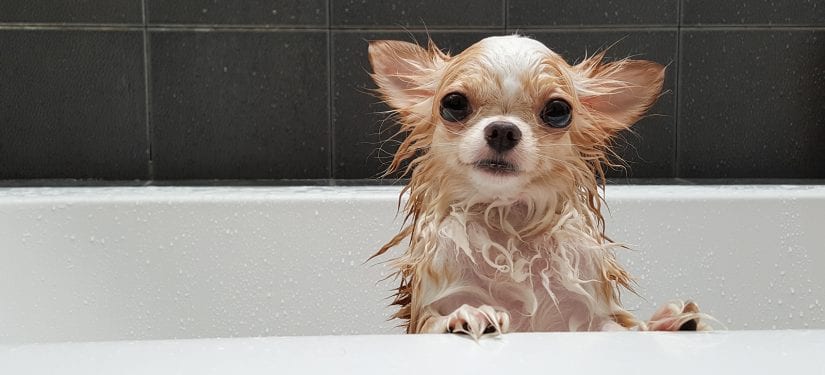
Exercise your dog
All dogs need exercise, no matter how big or small. Different breeds of dogs need different amounts of exercise but they all need to run and play every day. One or two short walks for a bathroom break is not enough. Leaving a dog in a back yard is not enough. Playing fetch, or taking your dog to an off-leash park where he can run around safely is best. If you’re not sure how much exercise your dog needs talk to your vet.
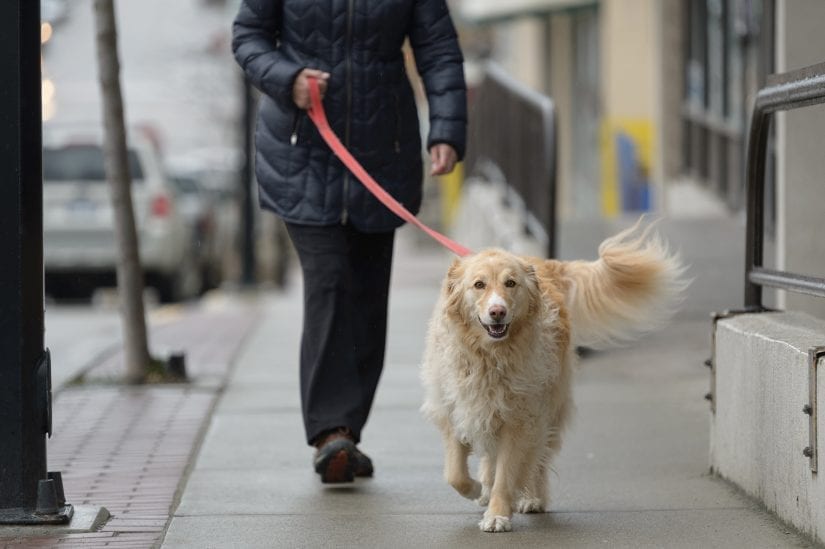
Things to do with your dog
Feeding
- Feed your dog in a dog food puzzle (feeding toy / smart toy)
- These toys get him to work to get the food and make him think
Chewing
- Dogs need to chew
- Chewing something safe and yummy for dogs is like us getting into reading a good book
Sniffing
- Let your dog sniff on walks – they’re born to sniff
- Hide treats and encourage your dog to sniff them out – this game will tire them out
Exercise
- Walk at least 30 minutes twice a day – older dogs may need short walks
- Hike with your dog, give him lots of time to sniff things
Play
- Play one-on-one games with your dog like tug-a-war or hide & seek
- Rotate through their toys so old toys become new ones to them
- Set up play dates for your dog to play with a dog friend
- Take your dog to the dog park for play with lots of dogs – if he’s good with other dogs
- Even dogs who don’t play may enjoy a visit to the dog park – make sure the other dogs don’t bug them and they’re not scared
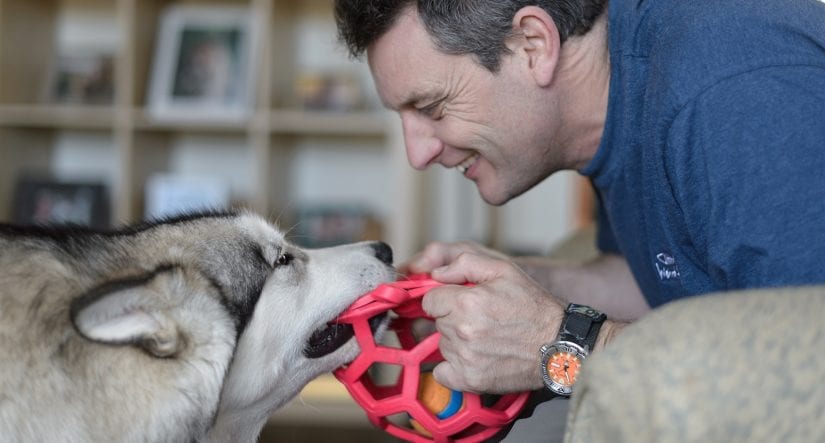
Identification (ID) for your dog
Nobody plans to lose a pet. Prepare for the unexpected and ensure your dog has two forms of identification.
It is also important to have your dog licensed – it’s the law. The license number will help people find you if your dog is lost. Check with your city, municipality or regional district about licensing and where to buy one.

Where should your dog sleep? Indoors or outdoors?
Dogs should be kept inside with their family. They are social animals who like to be around people. Set up an area with a comfy bed or blanket that your dog can call his own.
If you let your dog outside in a yard, it should only be for short periods of time. He should have a warm, covered place, away from wind, sun and rain. He must also have a dry place to lie down and fresh water. Best never to leave your dog outside unattended. If your dog is outside, learn what kind of shelter he needs.
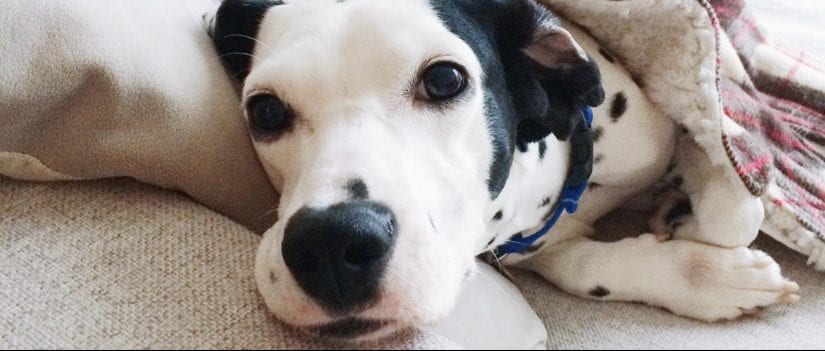
Medical care for your dog
When you first get your dog, take them to see a vet. After the initial visit with the vet, you should plan to go back at least once a year for a check-up and vaccines. Puppies will need to go back more often at first for vaccines.
It is also important to have your pet spayed or neutered to prevent unwanted litters. There are also many behavioural and health benefits to sterilization. Learn more about the benefits of spaying or neutering your pet.
Always watch for lumps and bumps, your dog not eating or a change in their behaviour. If you notice anything different talk to your vet. Find a veterinarian in your area.
Learn how to make your dog or puppy’s vet visit less stressful.

Training your dog
A dog needs to learn what we want him to do or not to do. Learning about his behaviour and how to teach him what you want is one of the best things you can do for your dog. If he knows exactly what you want he’ll be happier and safer.
Training a dog:
- Takes time
- Patience
- Should be fun
- Works best when you use treats – it’s like saying “yes” you got it right
- Takes practice – like people learning to play an instrument like the piano or guitar
Never use harsh verbal or physical corrections training a dog. Choose a humane trainer who follows the BC SPCA Position Statement Animal Training.
Did you know the BC SPCA has standards for humane dog training (PDF)? We can help you find a good dog trainer through our AnimalKind program.
Overcoming your dog’s behaviour issues
Some dog behaviour is normal for a dog but we find it annoying or think it’s bad. Other times dogs have behaviour issues. Jumping up, being afraid of people or things and reacting are just a few issues we see regularly.
We can help dogs, by better understanding and managing dog behaviour and ensuring they get enough exercise, enrichment and training.
Preventing and reducing excessive dog barking
Preventing or reducing excitable dog behaviour (PDF)
Preventing and reducing dog behaviour problems (PDF)

